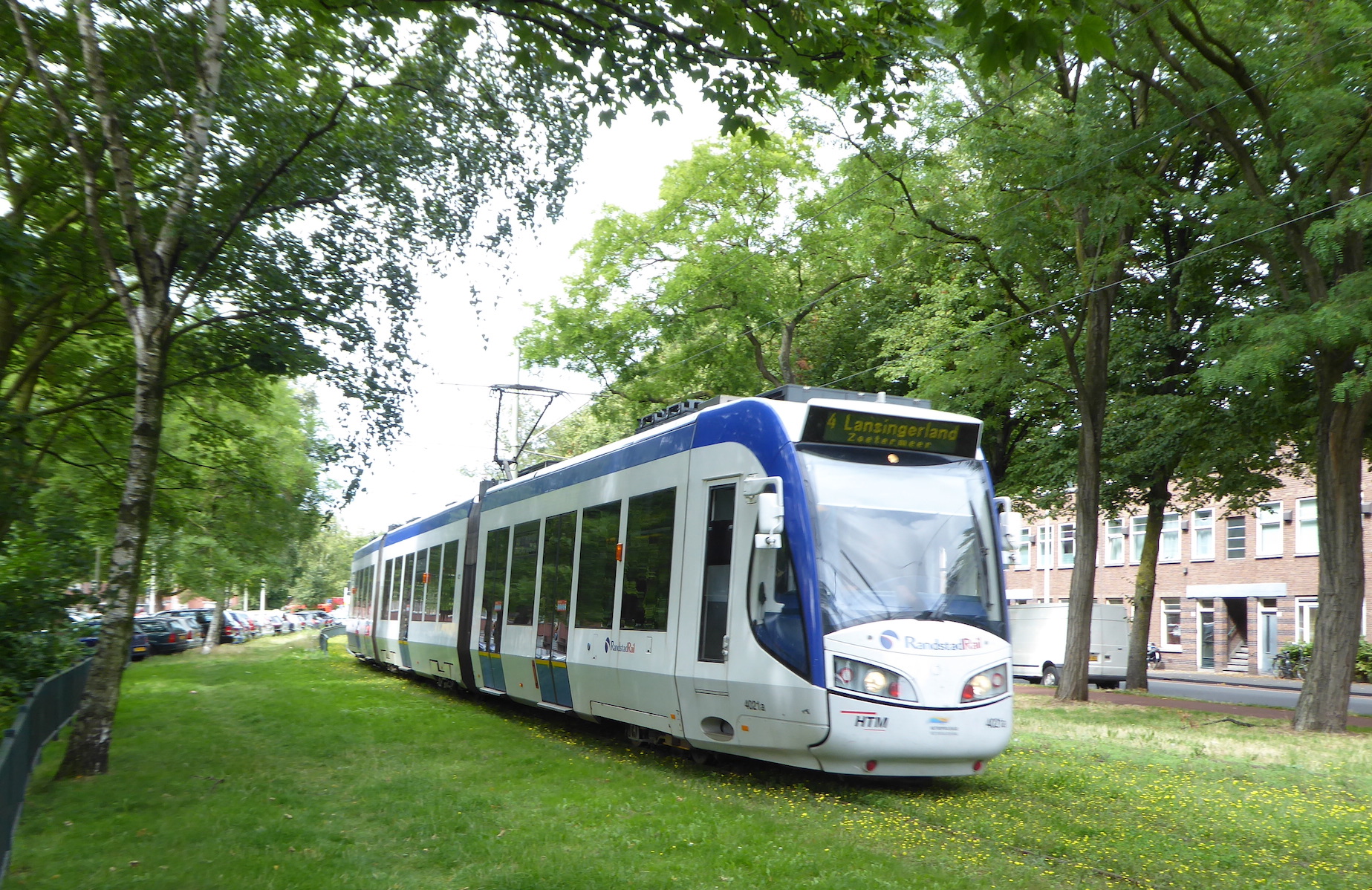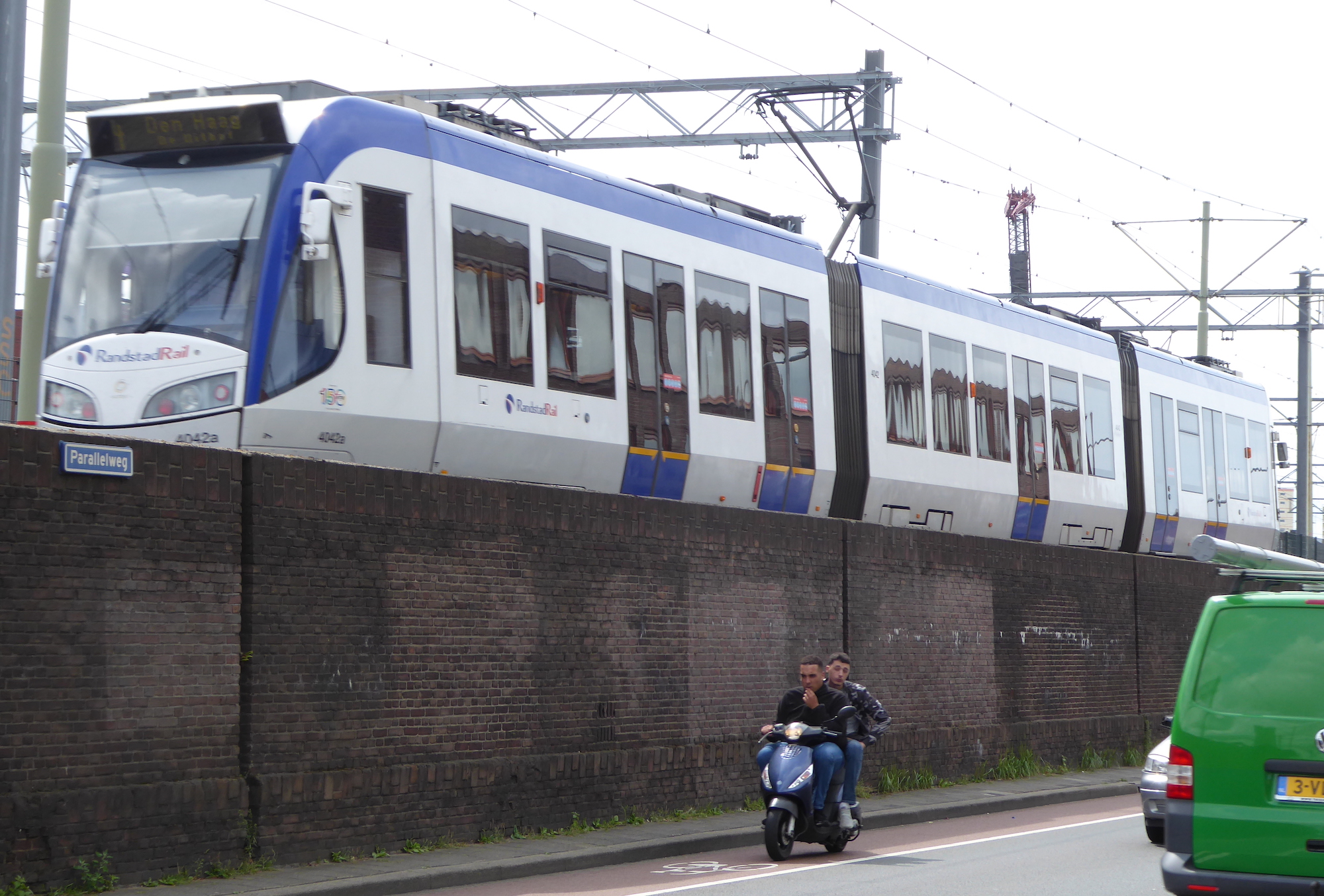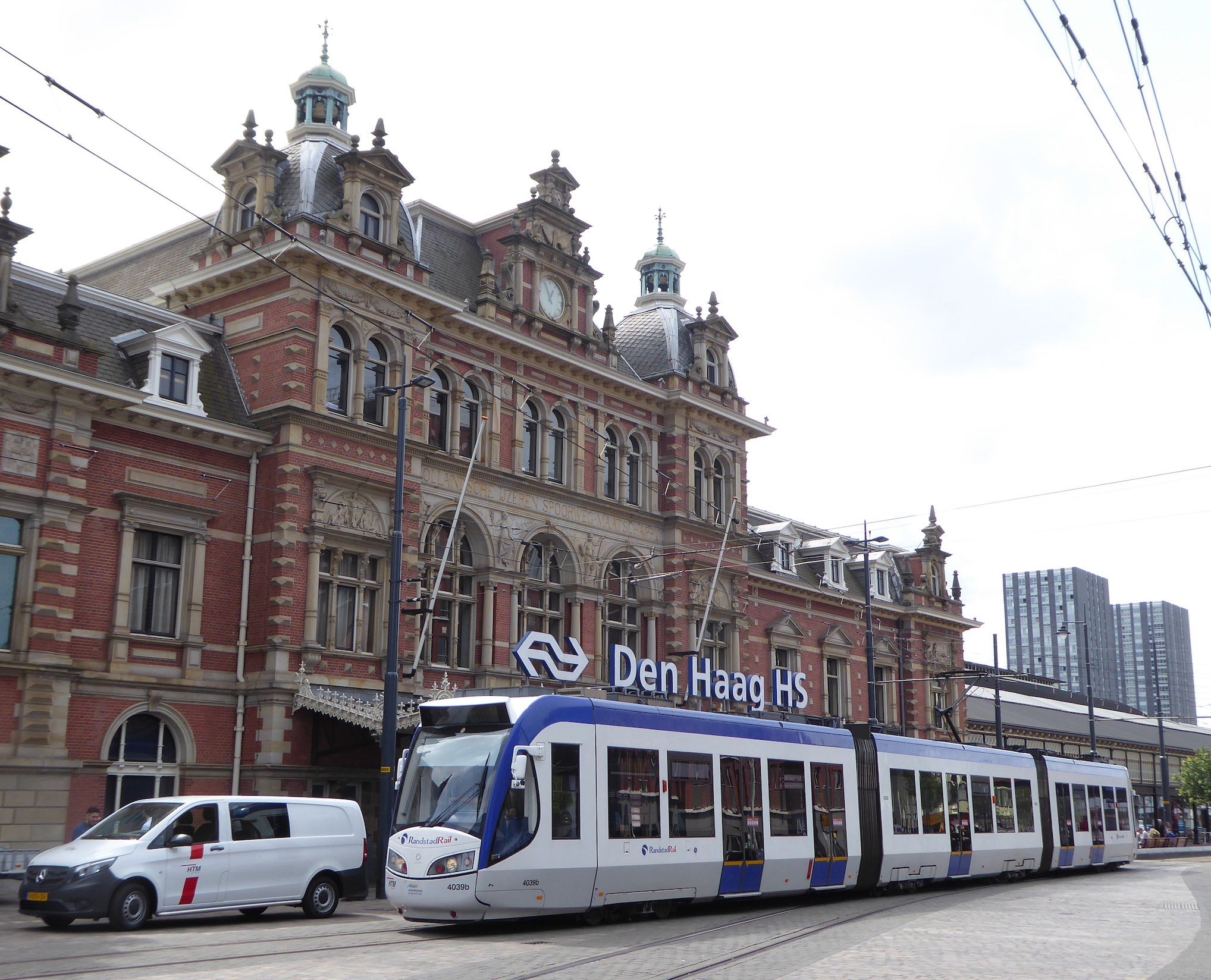
Hoi, ik ben Iljitsch van Beijnum. Op deze pagina staan alle posts over alle onderwerpen.

Image link - posted 2019-08-06 in


Image link - posted 2019-08-06 in
Slides from my presentation about validating the BGP AS path with RPKI at the Euro-IX Route Server Workshop Amsterdam, 18 July 2019.
Permalink - posted 2019-07-18
Interessant: de NRC schrijft over BGP en route leaks. Ben benieuwd of dit elders opgepikt gaat worden.
Permalink - posted 2019-07-12
Een iets aangepaste versie van mijn post 112-storing: hoe voorkomen we zulke problemen op het internet? van eerder deze week staat nu op Netkwesties. Klik de link om het daar te lezen.
Permalink - posted 2019-06-27